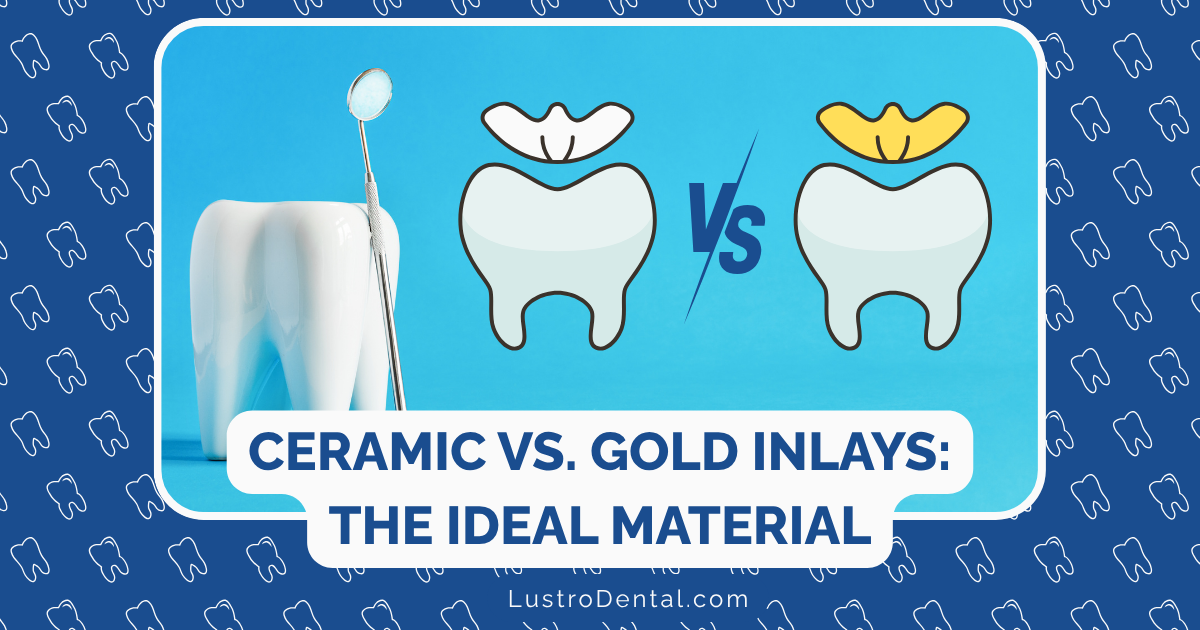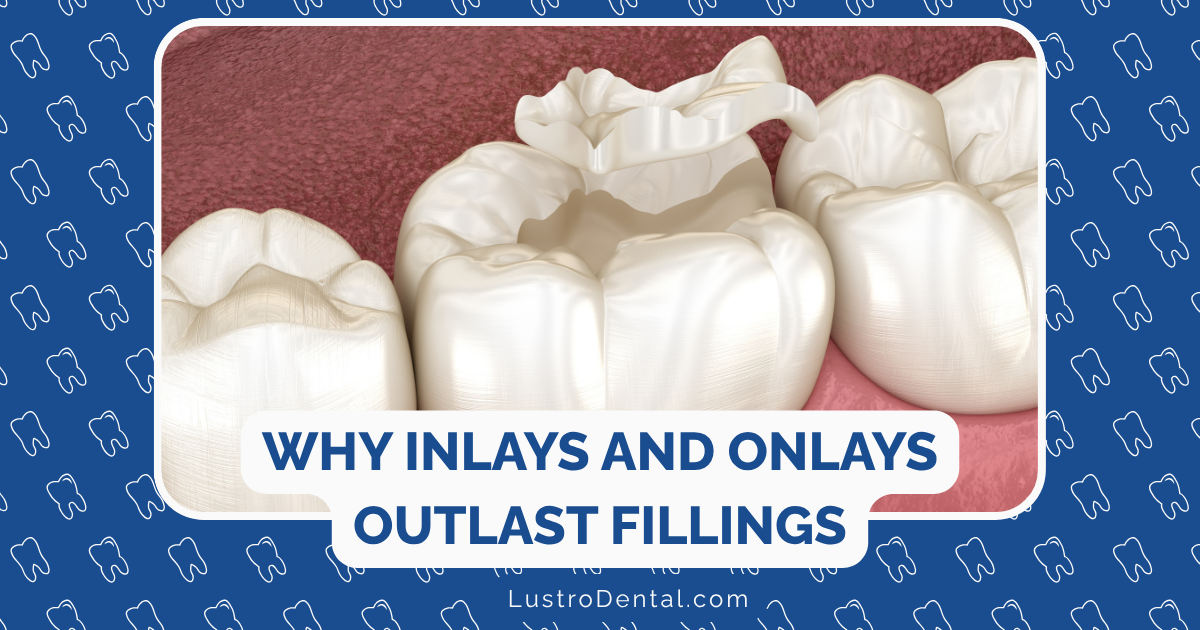After the Root Canal: Essential Care Tips for Long-Term Success

You’ve just completed your root canal treatment—congratulations on taking this important step to save your natural tooth! While the procedure itself is now behind you, what you do in the days, weeks, and years that follow will significantly impact the long-term success of your treatment.
As someone who’s guided many patients through their post-root canal journey, I understand the questions and concerns that arise after treatment. The good news? With proper care, teeth that have undergone root canal therapy can last a lifetime. In fact, according to recent research published in the Journal of Endodontics, the survival rate for endodontically treated teeth is approximately 88% after 5 years and 77% after 10 years—numbers that can be even higher with diligent aftercare.
This comprehensive guide will walk you through everything you need to know about caring for your treated tooth, from immediate recovery to long-term maintenance strategies that ensure lasting success.
Immediate Aftercare: The First Week After Treatment
The days immediately following your root canal are crucial for proper healing and setting the stage for long-term success.
Managing Discomfort and Pain
Some mild discomfort is normal after a root canal procedure, but it should be manageable and temporary.
What’s normal:
- Mild to moderate tenderness around the treated tooth, especially when chewing
- Slight swelling in the gum tissue near the tooth
- Sensitivity that gradually improves each day
Pain management strategies:
- Take over-the-counter pain relievers like ibuprofen (Advil, Motrin) or acetaminophen (Tylenol) as directed by your dentist
- Apply a cold compress to the outside of your face for 15-minute intervals if swelling occurs
- Avoid chewing on the treated tooth until discomfort subsides
Dr. Sarah Johnson, an endodontist at the American Association of Endodontists, explains: “Most patients experience minimal discomfort after a root canal, especially with today’s advanced techniques. Any pain should gradually improve, not worsen, in the days following treatment.”
Eating and Drinking Guidelines
What you eat in the first few days can affect both your comfort and the healing process.
Foods to avoid:
- Hard, crunchy items (nuts, hard candies, ice)
- Sticky foods (caramel, taffy, gum)
- Very hot or spicy foods that might increase sensitivity
- Alcoholic beverages, which can interact with medications
Recommended foods:
- Soft foods like yogurt, smoothies, and mashed potatoes
- Lukewarm (not hot) soups and broths
- Scrambled eggs, pasta, and soft-cooked vegetables
- Cool, non-acidic beverages
“I advise patients to stick with a soft food diet for at least the first 24-48 hours,” notes Dr. Michael Chen, a restorative dentist. “This minimizes pressure on the treated tooth and reduces the risk of fracturing a temporary restoration if one is present.”
Oral Hygiene Protocols
Maintaining good oral hygiene is essential, but you’ll need to be gentle around the treated area.
Best practices:
- Continue brushing twice daily, being extra gentle around the treated tooth
- Use a soft-bristled toothbrush and non-abrasive toothpaste
- Floss daily, but use a gentle technique around the treated tooth
- Rinse with warm salt water (½ teaspoon salt in 8 oz water) 2-3 times daily to reduce inflammation
What to avoid:
- Aggressive brushing or flossing that could irritate the area
- Alcohol-based mouthwashes, which can cause sensitivity
- Tobacco products, which impair healing
Temporary Restoration Care
If your endodontist placed a temporary filling or crown:
- Avoid chewing on that side of your mouth if possible
- Be especially careful with sticky or hard foods that could dislodge the temporary
- Contact your dentist immediately if the temporary becomes loose or falls out
- Schedule your permanent restoration appointment as soon as recommended
According to a study published in the Journal of Prosthetic Dentistry, teeth with delayed permanent restorations have a significantly higher risk of fracture and treatment failure.
Mid-Term Care: The First Year After Treatment
Once you’ve navigated the immediate recovery period, these strategies will help protect your investment during the critical first year.
The Importance of the Final Restoration
Perhaps the single most important factor in long-term root canal success is getting the appropriate final restoration (typically a crown) placed in a timely manner.
Research published in the Journal of Endodontics found that endodontically treated teeth without proper coronal coverage had nearly four times the failure rate of those with crowns.
Dr. Lisa Rodriguez, a prosthodontist at the American College of Prosthodontists, emphasizes: “A root canal treated tooth is more brittle than a vital tooth. Without proper protection from a crown or onlay, these teeth are at high risk for fracture, which can lead to extraction. I cannot overstate the importance of completing this final step.”
The ideal timeframe for placing the final restoration is typically within 30 days of completing the root canal treatment.
Monitoring for Healing Signs
During the months following your root canal, your body will be healing the tissues around the root tip. Positive signs include:
- Gradually decreasing sensitivity and discomfort
- Reduction in any swelling that was present
- Normal appearance of the gum tissue around the tooth
- Ability to chew normally without pain
Your dentist will likely take follow-up X-rays at 6-12 months to verify proper healing at the root tip.
When to Seek Help
Contact your dentist or endodontist promptly if you experience:
- Increasing rather than decreasing pain
- Swelling that worsens or persists beyond a few days
- A return of symptoms similar to those before your root canal
- Visible cracks or chips in the treated tooth
- Loosening of your temporary or permanent restoration
Dr. James Wilson, an endodontist with 20 years of experience, advises: “Early intervention for any post-treatment complications significantly improves outcomes. Never adopt a ‘wait and see’ approach if symptoms are worsening.”
Long-Term Success Strategies: Years 1-10 and Beyond
With the immediate recovery behind you and proper restoration in place, these strategies will help ensure your root canal treatment stands the test of time.
Optimal Oral Hygiene Practices
The foundation of long-term success is maintaining excellent oral hygiene:
- Brush twice daily with fluoride toothpaste
- Floss daily, paying special attention to the restored tooth
- Consider using an antimicrobial mouth rinse
- Add interdental brushes or a water flosser for enhanced cleaning
A 2024 systematic review in the International Endodontic Journal found that patients with excellent oral hygiene had significantly higher long-term success rates for endodontic treatment compared to those with poor hygiene.
Regular Professional Maintenance
Your dental team plays a crucial role in monitoring and maintaining your treated tooth:
- Attend recommended dental check-ups (typically every 6 months)
- Don’t skip professional cleanings
- Allow your dentist to take periodic X-rays of the treated tooth
- Discuss any concerns about the treated tooth promptly
“Regular dental visits allow us to catch potential problems with treated teeth before they become serious,” explains Dr. Robert Garcia, a general dentist. “We can identify early signs of recurrent decay, crown issues, or infection that might not be causing symptoms yet.”
Protecting Your Investment
These additional measures can help safeguard your treated tooth:
- Wear a night guard if you grind or clench your teeth
Bruxism places excessive forces on all teeth, but root canal treated teeth may be particularly vulnerable. - Consider a sports mouthguard for athletic activities
Physical trauma can damage any tooth but may have more serious consequences for one that’s already undergone treatment. - Address bite issues
If your bite feels uneven or you’re hitting the treated tooth first when you close, have your dentist evaluate and adjust it. - Avoid using teeth as tools
Don’t open packages, cut thread, or crack nuts with your teeth.
Dietary Considerations for Long-Term Success
While you won’t need to maintain the strict diet recommended immediately after treatment, some ongoing dietary awareness can help protect your treated tooth:
- Limit consumption of very hard foods that could fracture the crown
- Be cautious with extremely sticky foods that might dislodge a restoration
- Minimize sugary foods and beverages that increase decay risk
- Stay hydrated to maintain good saliva flow, which helps protect teeth
Understanding the Science: Factors That Influence Long-Term Success
Recent research has identified several key factors that significantly impact the long-term success of root canal treatment:
1. Quality of the Root Canal Procedure
A thorough initial treatment sets the stage for success. This includes:
- Complete removal of infected pulp tissue
- Proper cleaning and shaping of the canals
- Adequate disinfection
- Three-dimensional filling of the canal system
According to a 2025 study in Nature Dental Journal, infection control during treatment significantly impacts endodontic success.
2. Restoration Quality and Timing
The research is clear: proper restoration is crucial. Key findings include:
- Teeth restored with crowns show significantly higher survival rates
- Delaying final restoration beyond 30 days increases failure risk
- The presence of a “ferrule” (a band of natural tooth structure above the gumline) of at least 1.5-2mm improves fracture resistance
A 2025 study in the Journal of Dental Research found that teeth with less than 29.5% remaining tooth structure had three times higher extraction rates compared to teeth with more structure.
3. Patient-Related Factors
Your overall health and habits play a role:
- Uncontrolled diabetes may impair healing
- Smoking negatively affects treatment outcomes
- Immunocompromised status can influence healing
- Age (patients under 60 show better outcomes according to recent research)
4. Tooth-Related Factors
Not all teeth are created equal:
- Molars generally have lower success rates than front teeth
- Presence of cracks reduces prognosis
- Previous trauma may affect outcomes
- Presence of two proximal contacts (teeth on both sides) improves survival
Real Patient Experiences: Learning from Success Stories
“After my root canal, I was diligent about following all the aftercare instructions and got my crown placed within two weeks. Five years later, I’ve had zero issues with the tooth. The key was not delaying any of the recommended follow-up care.” — Michael, 42
“I had a root canal on a lower molar ten years ago. My dentist recommended a night guard because I grind my teeth, and I believe that’s made all the difference in protecting not just that tooth but all my dental work.” — Sarah, 57
“I initially postponed getting the crown after my root canal due to cost concerns. Unfortunately, the tooth fractured three months later and needed extraction. I learned the hard way that completing the full recommended treatment is crucial.” — David, 35
Conclusion: Your Role in Ensuring Long-Term Success
The success of your root canal treatment is a partnership between you and your dental team. While the endodontist and dentist provide the technical expertise for the procedure and restoration, your commitment to aftercare plays an equally important role in determining the long-term outcome.
By following the guidelines outlined in this article—from immediate post-procedure care to ongoing maintenance—you’re taking an active role in preserving your natural tooth for years to come. Remember that each step, from getting the final restoration placed promptly to maintaining excellent oral hygiene, significantly impacts the longevity of your treated tooth.
With modern endodontic techniques, high-quality restorations, and diligent patient care, root canal therapy has become one of dentistry’s most successful procedures for saving natural teeth. Your treated tooth can continue to function as a valuable part of your smile for decades—perhaps even a lifetime—with the proper attention and care.
Have you had a root canal? What aftercare strategies worked best for you? We’d love to hear about your experience in the comments below!







